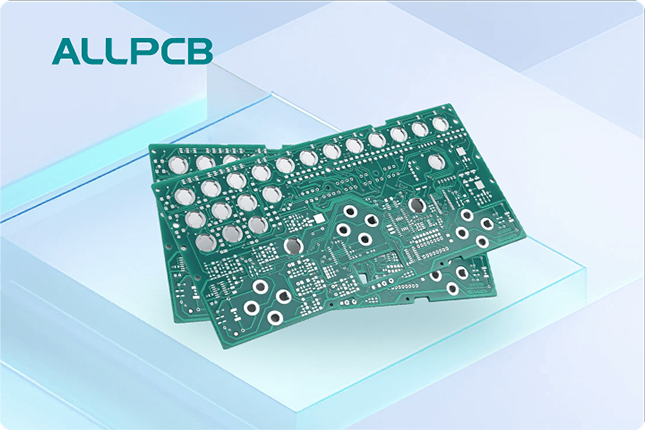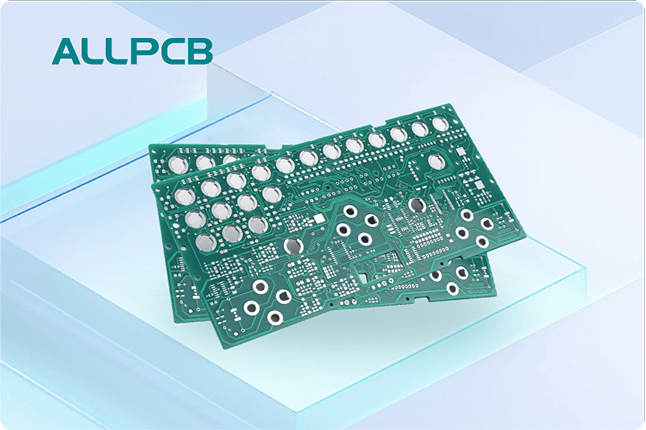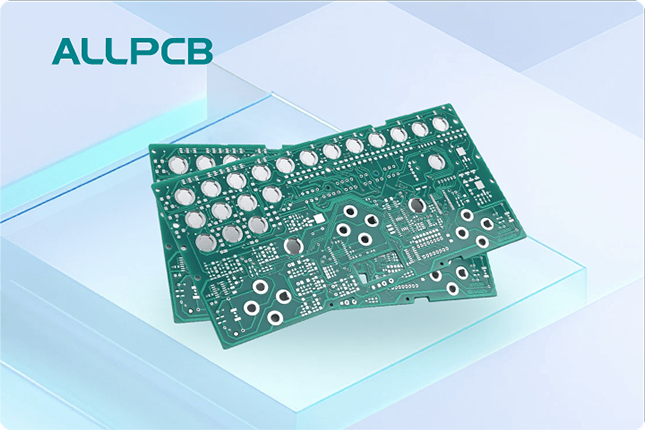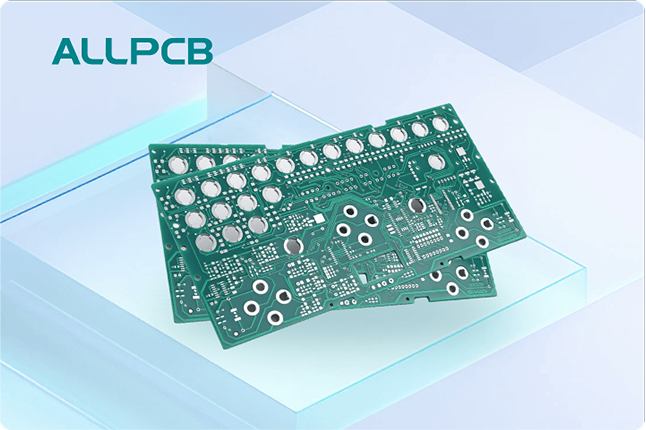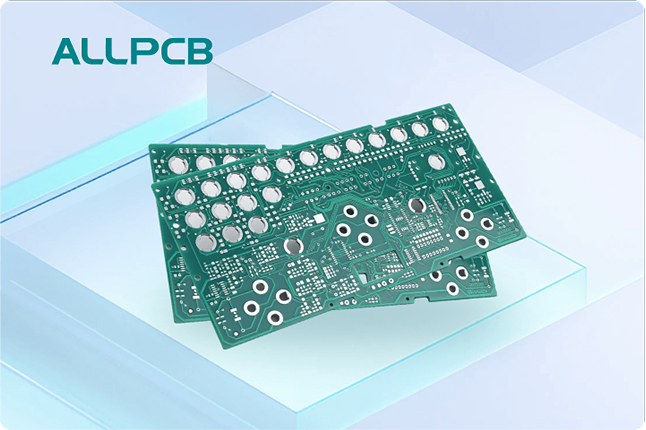If you're an engineer or technician dealing with a printed circuit board (PCB) that has lifted pads, you're likely searching for reliable methods to restore functionality. Lifted pads can disrupt connections and render a board unusable, but the good news is that they can often be repaired with the right techniques. In this guide, we'll cover how to repair lifted PCB pads using methods like epoxy repair for pad lifting, jump wire repair for pad lifting, copper foil patch for pad lifting, and general rework for pad lifting. Whether you're handling a single-layer board or a complex multilayer design, this comprehensive resource will walk you through the process step by step.
Understanding Lifted Pads on PCBs
Lifted pads occur when the copper pad on a PCB detaches from the substrate, often due to excessive heat during soldering, mechanical stress, or improper handling. This issue is more common in single-layer boards where the adhesion between the copper and the fiberglass substrate may be weaker compared to multilayer designs. When a pad lifts, it breaks the electrical connection between the component and the board, potentially causing device failure.
The impact of lifted pads can range from minor inconveniences to critical failures, depending on the circuit's purpose. For instance, in a high-frequency circuit, a lifted pad might introduce impedance mismatches, leading to signal loss or noise. Understanding the root cause of pad lifting is the first step to effective repair and prevention.
Common Causes of Lifted Pads
Before diving into repair methods, let's explore why pads lift in the first place. Identifying the cause can help prevent future damage.
- Excessive Heat: Overheating during soldering or desoldering can weaken the adhesive bond between the pad and the board. For example, applying a soldering iron at 350°C for too long can degrade the epoxy holding the copper.
- Mechanical Stress: Physical force, such as pulling a component too hard during rework, can tear the pad from the substrate.
- Poor Manufacturing Quality: Inadequate adhesion during the PCB fabrication process can make pads more prone to lifting under stress.
- Repeated Rework: Multiple soldering and desoldering cycles can fatigue the pad, increasing the likelihood of lifting.
By recognizing these causes, engineers can adopt better practices, such as using temperature-controlled soldering tools or minimizing rework cycles, to reduce the risk of pad lifting.
Tools and Materials for Repairing Lifted Pads
Repairing lifted pads requires precision and the right set of tools and materials. Here's a list of essentials for tackling repairs like epoxy repair for pad lifting, jump wire repair for pad lifting, and copper foil patch for pad lifting:
- Soldering iron with a fine tip (temperature-controlled, ideally 300-350°C for most PCBs)
- Solder wire (lead-free or leaded, depending on the board)
- Desoldering braid or pump for removing old solder
- Epoxy adhesive (two-part, heat-resistant, suitable for electronics)
- Copper foil or pre-cut copper pads for patching
- Jump wires (thin gauge, insulated for small connections)
- X-acto knife or precision blade for cutting and scraping
- Flux pen for clean soldering
- Magnifying glass or microscope for detailed inspection
- Isopropyl alcohol and cotton swabs for cleaning
Having these tools ready ensures a smoother repair process, whether you're performing a quick fix or a more complex rework for pad lifting.
Step-by-Step Methods to Repair Lifted PCB Pads
Now, let's dive into the specific techniques for repairing lifted pads. We'll cover multiple approaches to suit different scenarios and levels of damage.
Method 1: Epoxy Repair for Pad Lifting
Epoxy repair is ideal when the pad is partially lifted but still intact. This method focuses on reattaching the pad to the substrate using a strong adhesive.
- Prepare the Area: Clean the lifted pad and surrounding area with isopropyl alcohol to remove dirt, flux residue, or old solder. Use a cotton swab for precision.
- Apply Epoxy: Mix a small amount of two-part epoxy adhesive (ensure it's heat-resistant up to at least 150°C for electronics). Apply a thin layer under the lifted pad using a toothpick or fine applicator.
- Press Down the Pad: Gently press the pad back into place using tweezers. Ensure it aligns with the original position for proper contact with traces.
- Cure the Epoxy: Allow the epoxy to cure as per the manufacturer's instructions, typically 24 hours at room temperature or faster with mild heat (around 60°C).
- Test the Connection: Once cured, use a multimeter to check continuity between the pad and the connected trace. If secure, proceed with soldering the component back.
This method works best for minor lifting and helps maintain the board's original layout without adding extra materials.
Method 2: Jump Wire Repair for Pad Lifting
When a pad is completely detached or too damaged to reuse, a jump wire repair can bypass the issue by creating an alternate connection path.
- Identify Connection Points: Use the PCB schematic to locate where the lifted pad connects to the circuit. Identify a nearby trace or pad to bridge the connection.
- Prepare the Wire: Cut a thin insulated jump wire to the required length. Strip a small section (about 2-3 mm) at both ends.
- Solder the Wire: Tin the exposed ends of the wire with solder. Attach one end to the component lead and the other to the identified trace or pad. Use flux for a clean joint.
- Secure the Wire: Route the wire neatly along the board and secure it with a small dab of hot glue or epoxy to prevent movement.
- Verify the Circuit: Test the connection with a multimeter to ensure proper continuity and no shorts.
Jump wire repair for pad lifting is a quick fix for urgent situations, though it may not be ideal for high-frequency circuits where signal integrity is critical (e.g., impedance mismatches at frequencies above 100 MHz).
Method 3: Copper Foil Patch for Pad Lifting
For a more permanent and professional repair, a copper foil patch can replace a completely missing or damaged pad.
- Clean and Prepare: Remove any debris or old solder from the area where the pad was located. Scrape away a small section of solder mask to expose the connecting trace using a precision blade.
- Cut the Copper Foil: Cut a piece of thin copper foil to match the size and shape of the original pad. If available, use pre-cut copper pads for consistency.
- Attach the Patch: Apply a thin layer of conductive epoxy or high-temperature adhesive to bond the copper foil to the board. Ensure it aligns with the exposed trace.
- Solder the Connection: Once the adhesive cures, solder the copper foil to the trace to establish an electrical connection. Use flux for a clean bond.
- Test and Finish: Check continuity with a multimeter. If successful, solder the component to the new pad.
This copper foil patch for pad lifting is ideal for maintaining the board's appearance and functionality, especially in professional settings.
Method 4: Rework for Pad Lifting in Complex Cases
For multilayer boards or critical applications, a more comprehensive rework for pad lifting may be necessary. This involves advanced techniques and sometimes professional equipment.
- Assess the Damage: Use a magnifying tool to inspect the lifted pad and surrounding area. Determine if internal layers are affected by checking for delamination or broken vias.
- Expose Traces: Carefully remove additional solder mask to access underlying traces if needed. Avoid damaging nearby components.
- Rebuild Connections: Use a combination of copper foil patches and jump wires to rebuild the circuit path. For internal layer damage, consider drilling a small via (0.5 mm or smaller) and inserting a conductive pin if feasible.
- Protect the Repair: Apply a conformal coating or UV-curable mask over the repaired area to prevent future damage and ensure insulation.
- Final Testing: Perform thorough electrical testing, including signal integrity checks if the board handles high-speed signals (e.g., above 1 GHz).
Rework for pad lifting is time-consuming but necessary for high-value or complex boards where replacement isn't an option.
Preventing Lifted Pads in the Future
While knowing how to repair lifted PCB pads is essential, preventing the issue saves time and resources. Here are practical tips for engineers:
- Use Proper Soldering Techniques: Avoid overheating by setting your soldering iron to the recommended temperature (typically 300-320°C for most components). Limit contact time to 2-3 seconds per joint.
- Handle Components Carefully: Use desoldering tools like heat guns or desoldering pumps instead of forcibly pulling components off the board.
- Choose Quality Materials: Opt for PCBs with strong copper adhesion and heat-resistant substrates, especially for applications involving frequent rework.
- Minimize Rework Cycles: Plan assembly to reduce the need for repeated soldering and desoldering, which weakens pads over time.
Implementing these practices can significantly lower the risk of pad lifting, ensuring longer-lasting and more reliable PCBs.
Troubleshooting Common Repair Issues
Even with careful execution, repairs can encounter hiccups. Here's how to address common problems:
- Epoxy Doesn't Hold: If the pad lifts again after epoxy repair, ensure the surface was thoroughly cleaned before application. Use a higher-strength, heat-resistant epoxy if needed.
- Jump Wire Causes Noise: In high-frequency circuits, long jump wires can act as antennas, introducing noise. Keep wires as short as possible (under 5 mm if feasible) and route them close to the board.
- Copper Foil Won't Solder: If solder doesn't adhere to the foil, apply flux and lightly sand the copper surface to remove oxidation before soldering.
Patience and attention to detail during repairs can resolve most issues, ensuring a functional board.
When to Seek Professional Help
While many lifted pad repairs can be handled in-house, some situations call for professional assistance. Consider outsourcing if:
- The PCB is part of a high-stakes application (e.g., medical or aerospace equipment).
- Internal layers of a multilayer board are damaged, requiring specialized tools like X-ray inspection.
- Signal integrity is critical, and repairs might affect performance (e.g., impedance mismatches in circuits operating at 2.4 GHz or higher).
Professional services have access to advanced equipment and expertise, ensuring repairs meet strict standards.
Conclusion
Repairing lifted pads on PCBs is a valuable skill for engineers, allowing you to salvage boards and maintain project timelines. Whether you're using epoxy repair for pad lifting, jump wire repair for pad lifting, copper foil patch for pad lifting, or comprehensive rework for pad lifting, each method offers a solution tailored to the damage level and board complexity. By following the steps outlined in this guide, using the right tools, and adopting preventive measures, you can tackle lifted pads with confidence.
At ALLPCB, we're committed to supporting engineers with resources and services to ensure your projects succeed. Keep this guide handy for your next repair, and maintain the integrity of your circuits with precision and care.
 ALLPCB
ALLPCB


